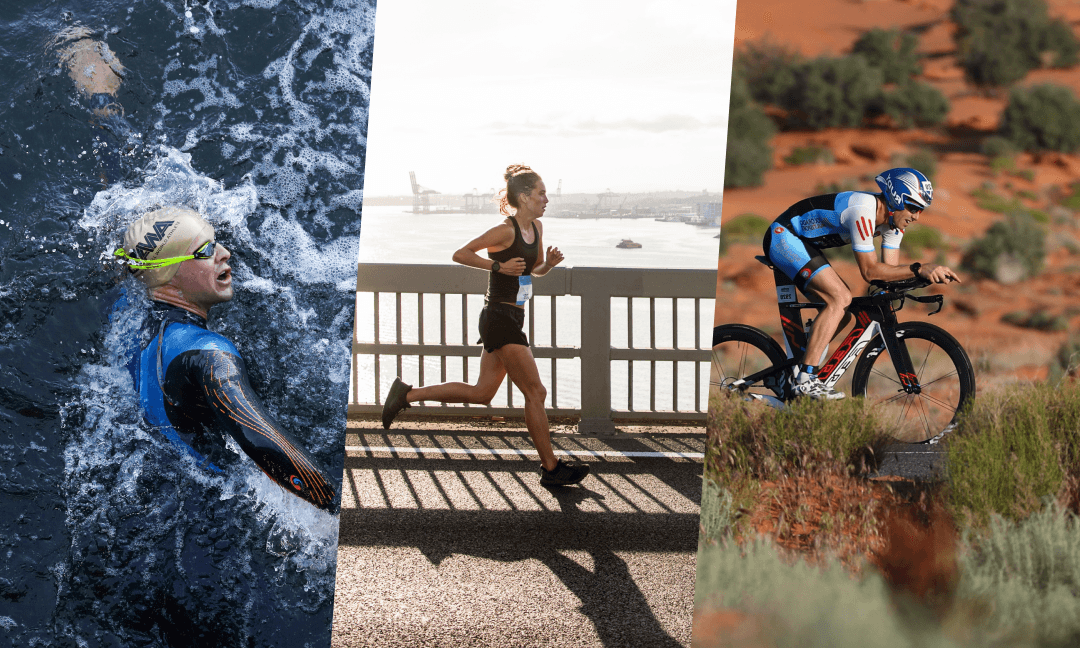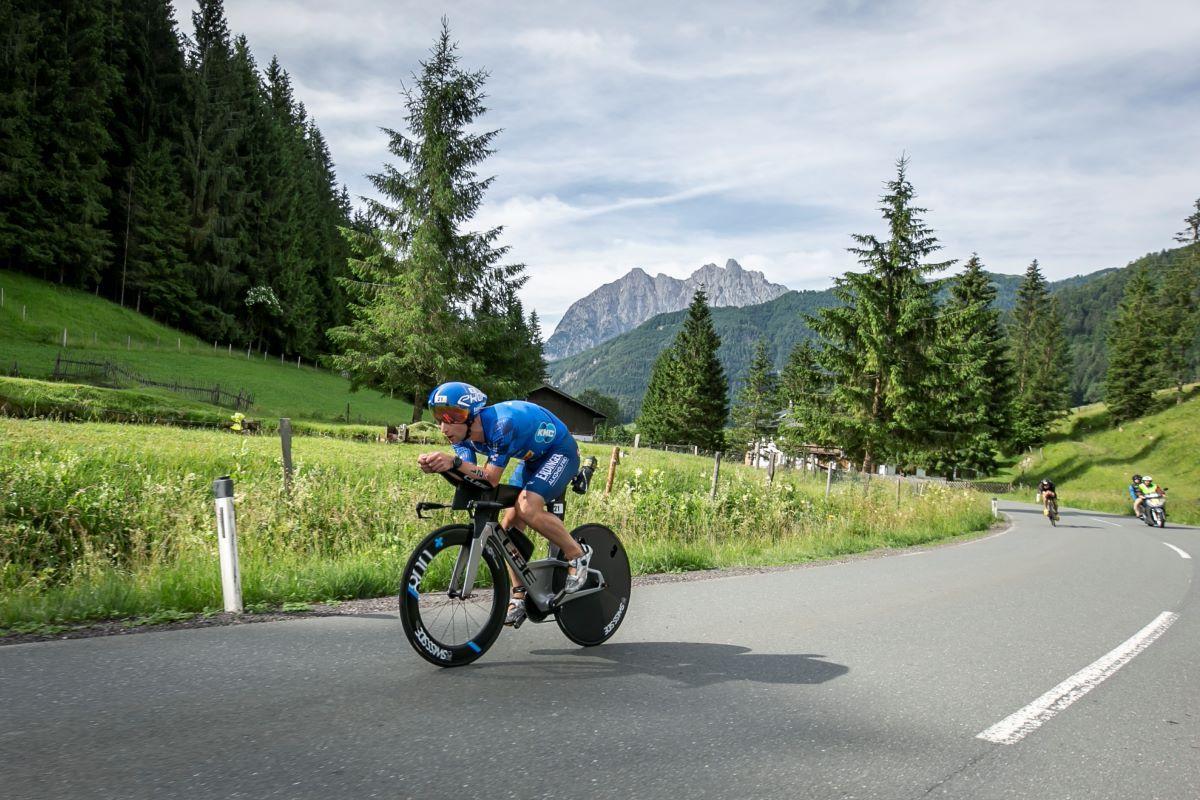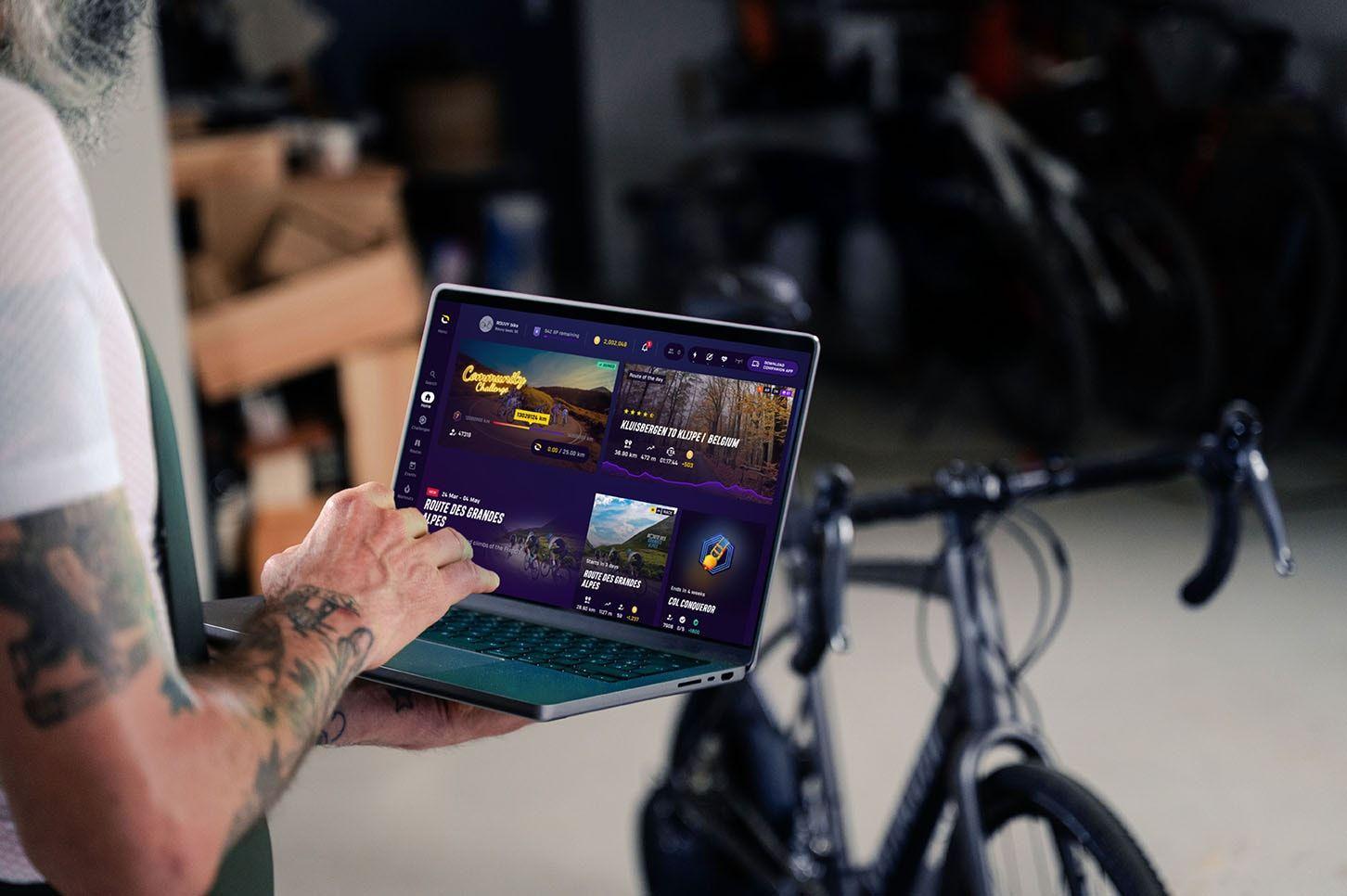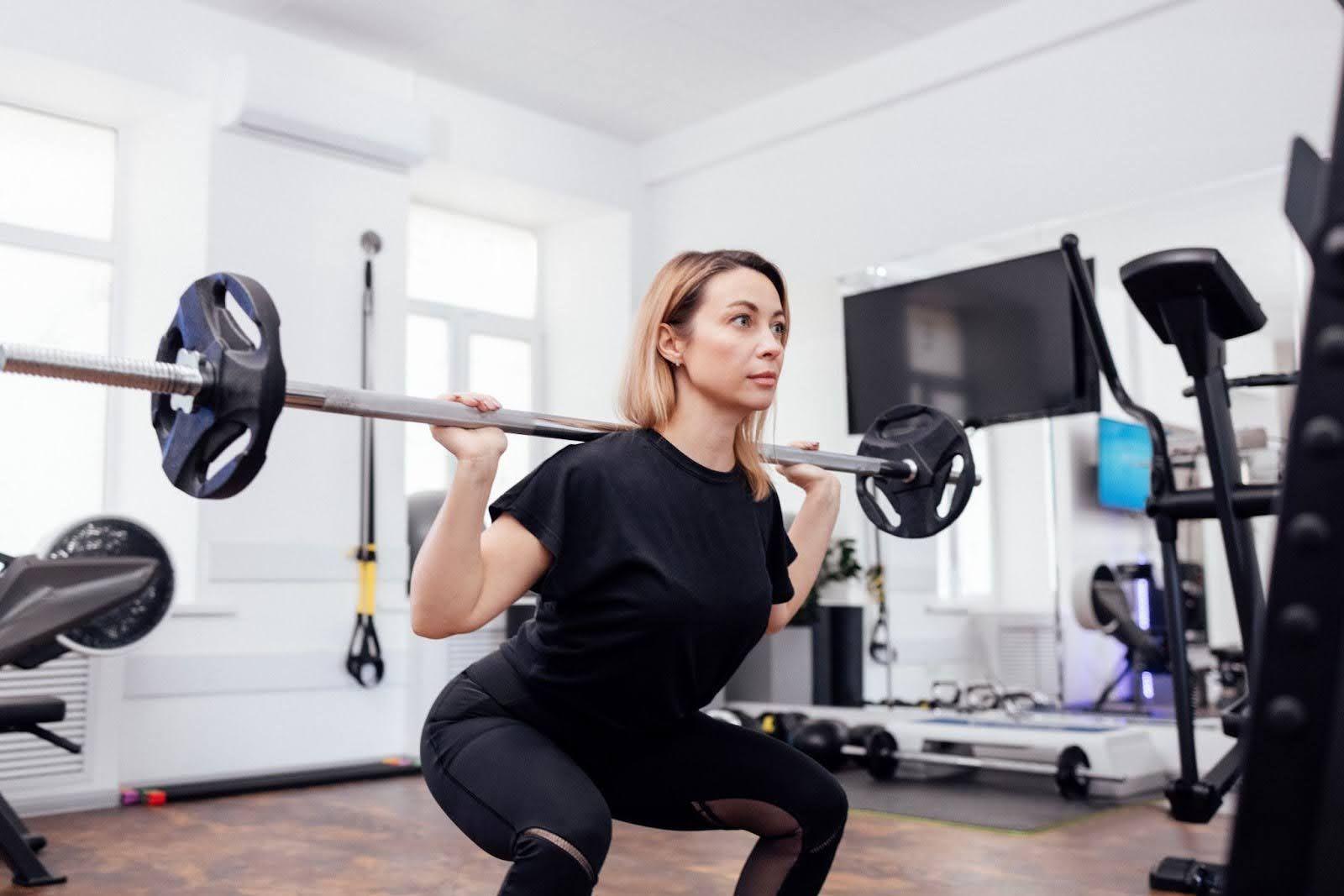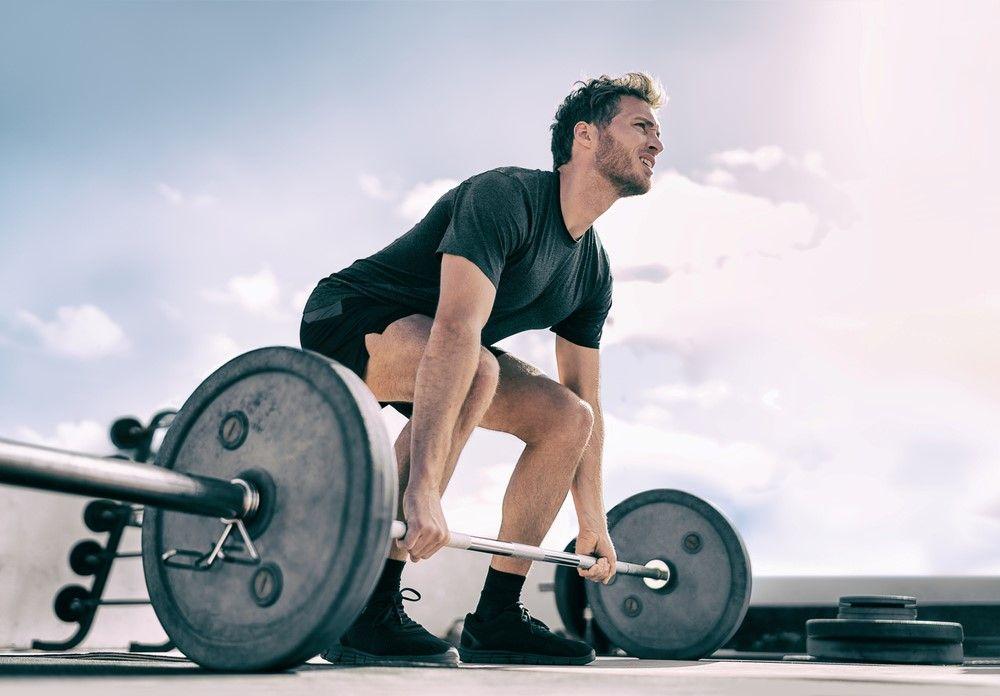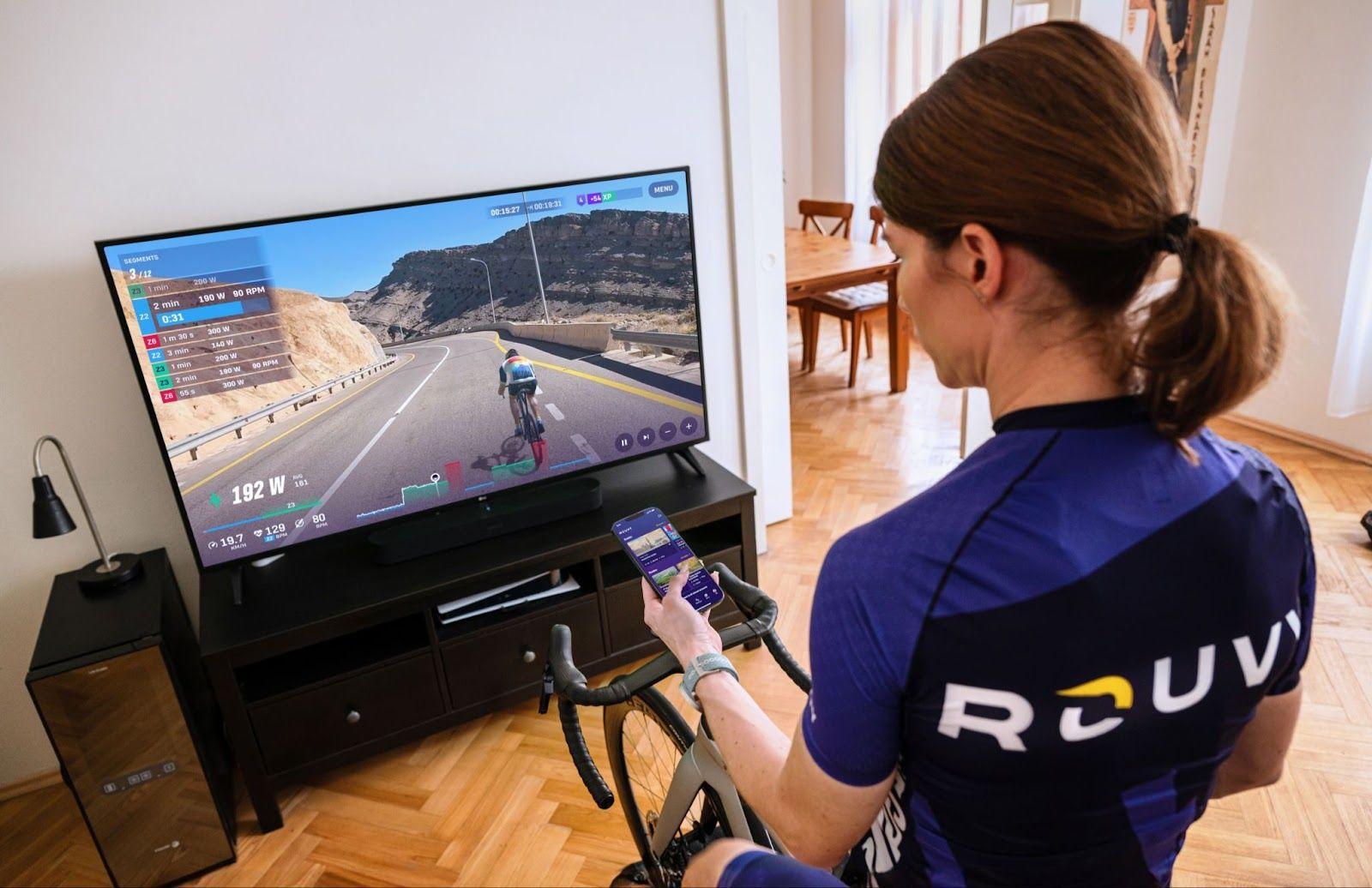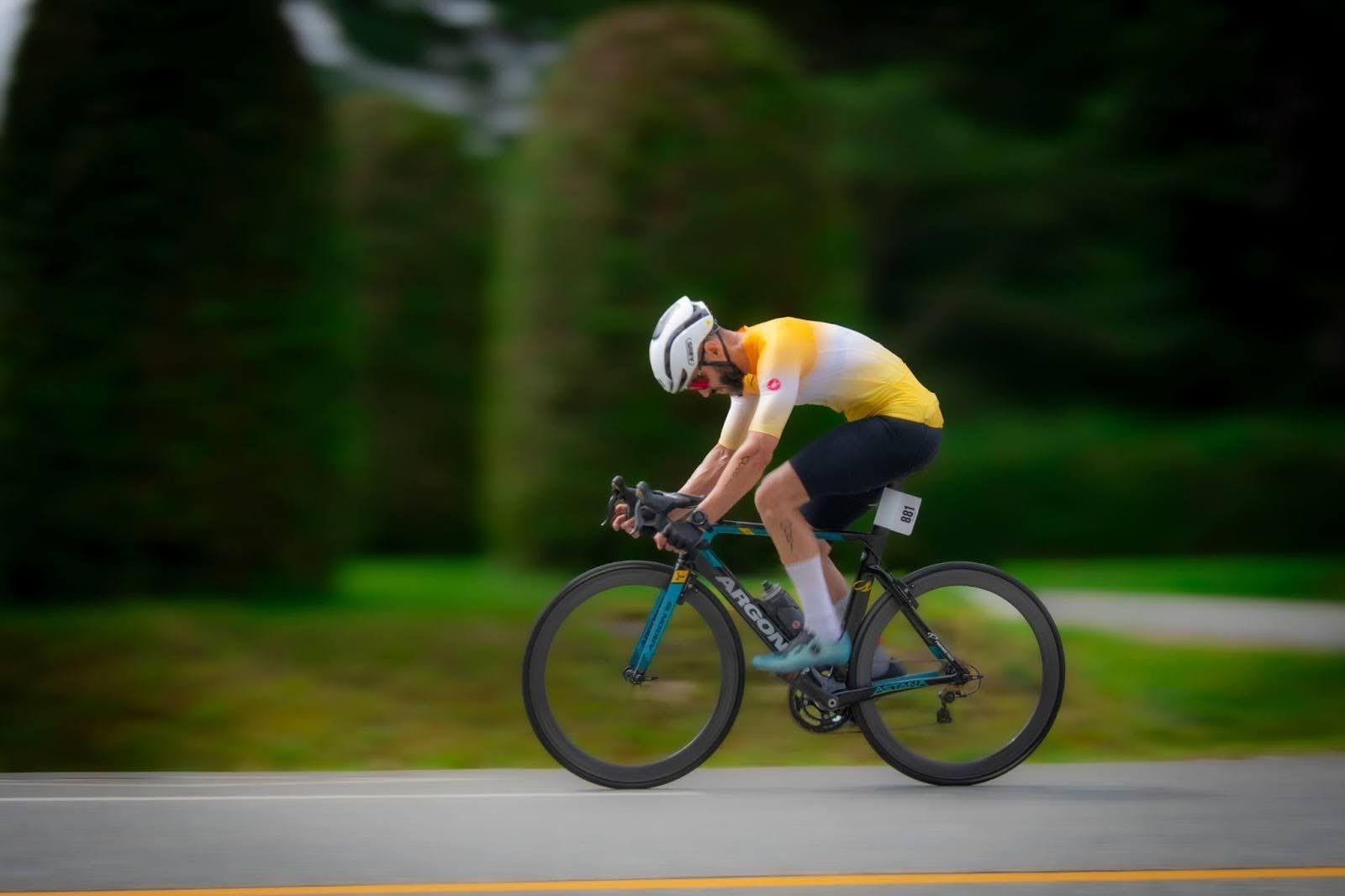
Let’s face it – between work, life, weather and wondering if you need to clean your bike chain, there’s not always time for epic, four-hour base rides. But what if you could boost your FTP, burn fat, and get faster by training less? Welcome to the world of HIIT workouts for cyclists: short, savage, and superb for both indoor and outdoor training.
Whether you're grinding through a scenic ROUVY climb or flying through a road session, high-intensity interval training can unlock speed, power and endurance gains in less time than you think. And unlike steady-state slogging, HIIT brings its own brand of pain – and satisfaction.
What Is HIIT and why should cyclists care?
HIIT – short for high-intensity interval training – is exactly what it sounds like: structured efforts at near-max intensity, separated by recovery periods. Instead of holding a moderate wattage for hours, you're bouncing between short, sharp efforts and strategic rest.
Let’s say you do 6 x 3-minute intervals at 120 percent of FTP with 3-minute recoveries. You’ve stressed your aerobic and anaerobic systems, activated your fast-twitch fibres, and created a metabolic strain that your body now has to adapt to.
For cyclists, interval training like this targets two key systems: your VO2 max (your aerobic ceiling) and your anaerobic threshold (your ability to ride hard before lactate builds up). These are the engines behind your sprint, your attack, and your ability to hold high tempo at the end of a race or long ride. These are race winners!
But HIIT isn’t just about pure speed. It ramps up post-ride fat burn, boosts insulin sensitivity, and even toughens your mental game – useful when your legs are begging you to stop mid interval.
It’s also a brilliant approach for riders chasing a leaner physique since a properly executed fat-burning cycling workout can keep your metabolism elevated for hours after your ride.
Why HIIT is a time-crunched cyclist’s best friend
One of the biggest advantages of a HIIT workout is efficiency. A properly structured 40-minute or one-hour session can trigger similar adaptations to a two-hour endurance ride, especially when done at the right intensity.
As a coach, many of the athletes I work with are balancing jobs, families and limited training hours. They want results but they need smart solutions. I tailor their workouts and recovery to match their real lives, and HIIT training is often at the heart of that.
It’s also perfectly suited to indoor cycling, where there are no traffic lights or potholes to interrupt your session. On the ROUVY indoor cycling app, you can build or select targeted cycling HIIT sessions using Interval Mode or ERG workouts, hitting exact targets based on your FTP, all while riding in some of the most beautiful virtual environments out there.
Do you want to improve your power-to-weight ratio, raise your lactate threshold, or simply drop your mates on the Saturday climb? HIIT gives you the best bang for your buck, especially when built into a wider, more balanced plan.
Structuring the perfect cycling HIIT session
Not all pain is productive. To get the most from your cycling HIIT sessions, structure is key, and so is recovery.
First up: the warm-up – and yes, skipping it is the fastest way to turn your HIIT bike workout into a horror show. Aim for 10-15 minutes of gradually building effort on the bike, with a few bursts to wake everything up. I often have riders start off the bike with some light mobility work and muscle activation. Think of it as convincing your body to actually do some work today. A few minutes of dynamic stretches and glute-specific exercises can switch on key muscle groups early, reducing the time needed to ramp up once you're in the saddle and helping you hit that first interval firing on all cylinders.
Then comes the meat of the workout: the intervals. These are where the magic happens, but the recipe depends on the goal.
Some of the best cycling intervals for power and endurance include:
- 30/15s: 30 seconds hard, 15 seconds easy, repeated 10-20 times.
- 4 x 4 mins at 110-120 percent of FTP with equal rest: VO2 boosters.
- 6 x 1 min above threshold with short recoveries: For punchy power.
The key is balancing the work/rest ratio. Longer efforts need more rest. Shorter ones can be more frequent. Too little recovery, and your quality drops. Too much, and the stimulus fades.
Proper recovery matters just as much as the intervals. After your high-intensity intervals set, spin easy for at least 10 minutes. And in the hours after? Rehydrate, refuel (especially carbs and protein), and give your body time to adapt.
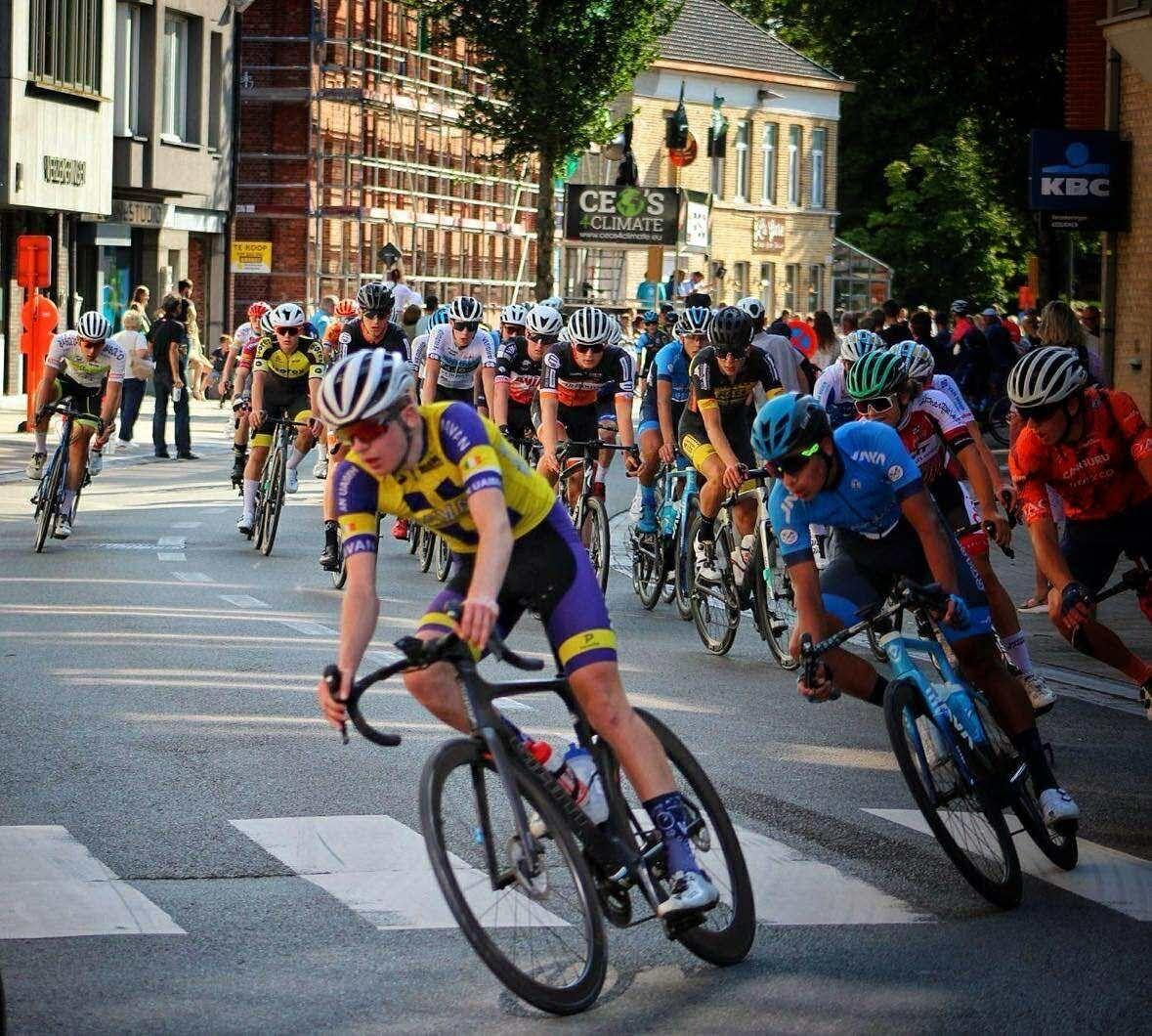
A sample 4-week HIIT progression plan
You wouldn’t jump straight into a 20-minute, all-out FTP test (unless you’re a glutton for punishment). HIIT training is the same – progression matters.
Here’s a sample 4-week structure to introduce or refine HIIT workouts in your training. Just add your warm-up before each.
Week 1: Introduction
- 1-2 sessions (leave at least one full recovery day between sessions).
- Example: 3x3 minutes at 110 percent of FTP with 3 minutes of rest.
Week 2: Build
- 2 sessions.
- Example: 4x4 minutes at 115 percent of FTP with 4 minutes of rest.
Week 3: Peak
- 2 sessions.
- Example: 5x3 minutes at 120 percent of FTP with 3 minutes of rest, plus a short 30/15s set.
Week 4: Recovery/Taper
- 1 easy endurance ride.
- 1 light tempo session.
- Optional re-test (FTP, 3-minutes power, etc.).
When I write plans for riders, this is typically how I structure a block: paired with at least one full rest day per week, and plenty of low-intensity volume around it to maintain endurance.
Over time, riders not only gain power with higher watt numbers, but confidence as well. There’s nothing like seeing a rider hit a new power PB mid interval!
Using the ROUVY app for HIIT training
Here’s where things get fun. ROUVY isn’t just for scenic long rides or taking on virtual versions of famous climbs – it’s also a serious tool for structured training.
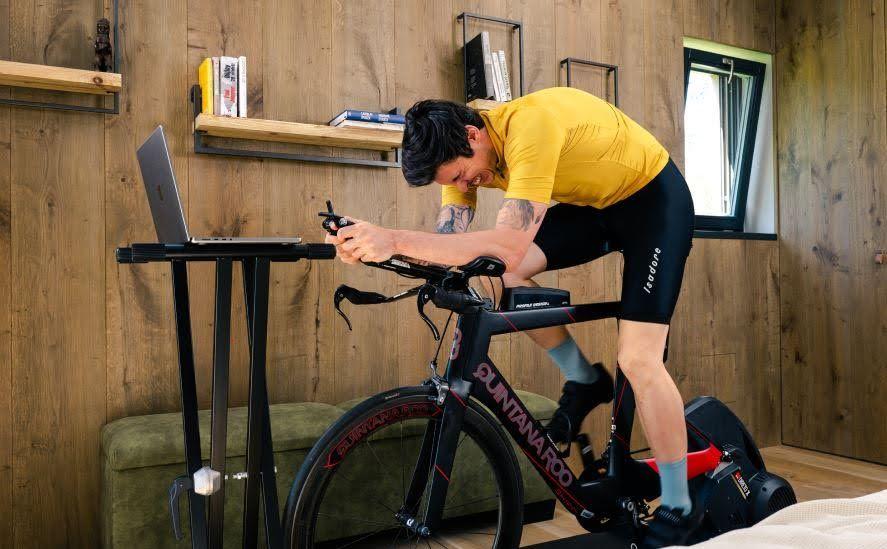
With Interval Mode, you can follow ROUVY’s training plans or create your own workouts. You can also create fully customized cycling HIIT sessions in the Riders Portal, making it easy to design workouts that target your exact goals. ERG mode then keeps you honest by automatically adjusting resistance to match your power target, so there’s no hiding from that final 30-second burst.
I’ve had riders complete custom high-intensity cycling intervals in their garage on midweek evenings and see measurable VO2 max gains just a few weeks later. ROUVY gives you power-based feedback during and after each session, so you can track your improvements and tweak training week by week.
The realism of the virtual routes, combined with structured sessions and data, makes ROUVY the best platform for cyclists looking to train smart and train hard.
Common HIIT mistakes cyclists make (and how to avoid them)
Mistake no. 1? Going too hard, too often. HIIT is powerful because of the stress it creates – but that’s also why you need to use it wisely.
Hammering 4-5 HIIT workouts a week might sound committed, but it’s a shortcut to burnout, plateau, or injury. Most of my athletes see great results with just 1-2 quality sessions weekly.
Other common errors include:
- Skipping warm-ups: Risking injury and poor performance.
- Underfueling: Fasted HIIT training might sound appealing but it often limits intensity.
- Neglecting recovery: Gains are made between the sessions, not during.
The goal is sustainable intensity. Keep the quality high and the frequency manageable, and your performance will follow.
Who should be doing HIIT – and who shouldn’t?
Let’s be honest: Not everyone needs high-intensity cycling intervals all the time.
If you’re brand new to cycling or coming back from a break, start with a base of consistent endurance rides before diving into interval training. Even on ROUVY, a steady virtual route with some rolling terrain might be a better intro.
Likewise, if you’re recovering from illness, injury or feeling persistently fatigued, HIIT workouts should wait until you're ready. Listen to your body – and your coach.
Older riders or those juggling big life demands may need more time between sessions. That’s perfectly fine. HIIT training is adaptable – you can adjust reps, lengthen rest or swap all-out power for controlled tempo as needed.
The key takeaway? Train hard when it matters, and recover just as hard.
Conclusion: Ride less, gain more – with the right plan!
HIIT training for cyclists isn’t just a trend – it’s a proven, powerful method to boost your speed, endurance and resilience. Whether your goal is to increase your FTP, faster sprints, or simply more efficient training, interval training delivers.

I’ve seen riders of all ages, abilities and backgrounds hit personal bests using just two focused, tailored sessions a week. And with ROUVY, you have the perfect environment to do it – from interval control and data feedback, to immersive roads that make every effort count.
Ready to suffer smarter? Try your first HIIT bike workout using a ROUVY training plan or custom session, or ask an experienced coach to compile one for you. Whether you're chasing watts or just trying to make the most of limited time, the results speak for themselves. Keep going – and have fun!

